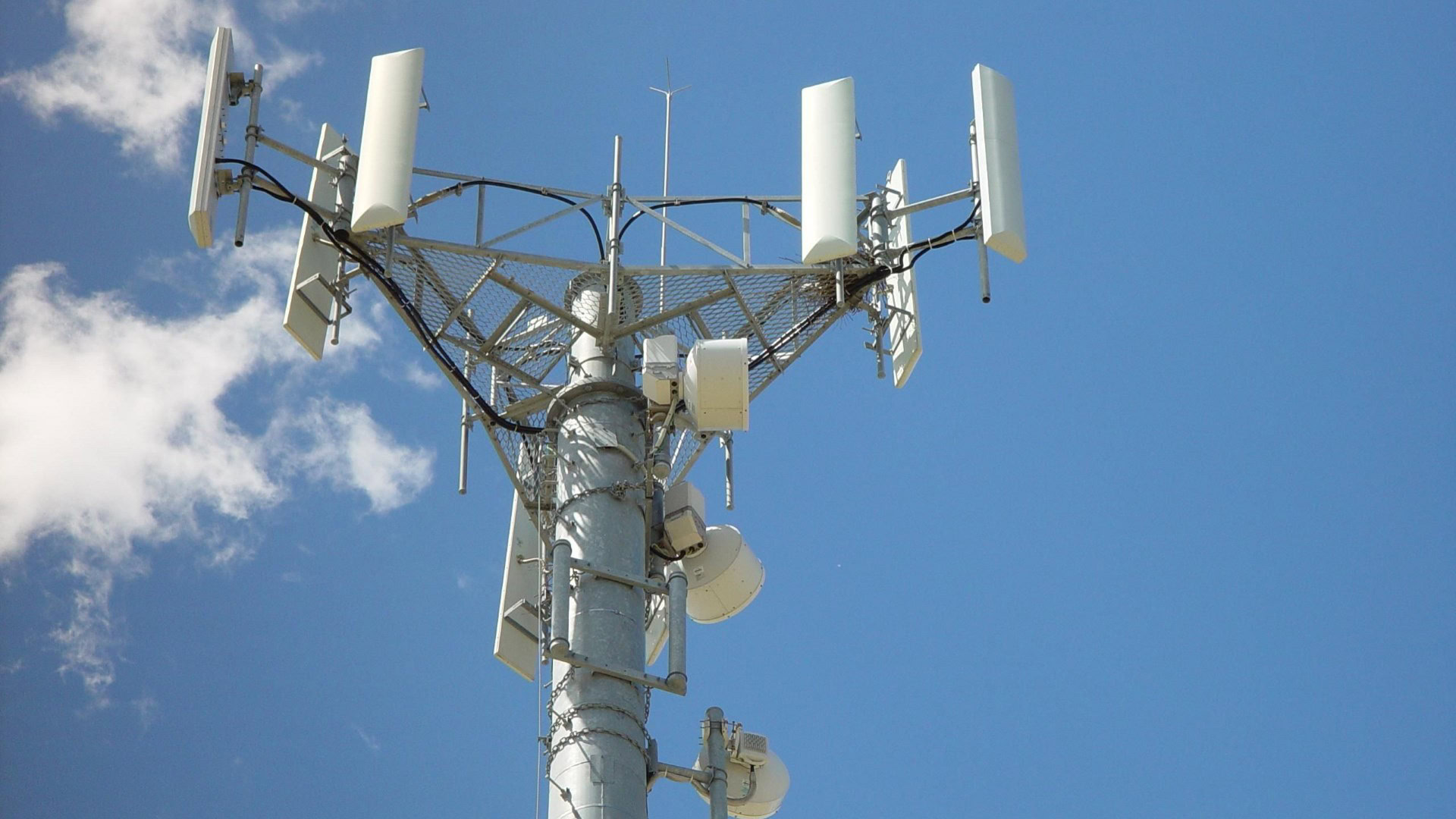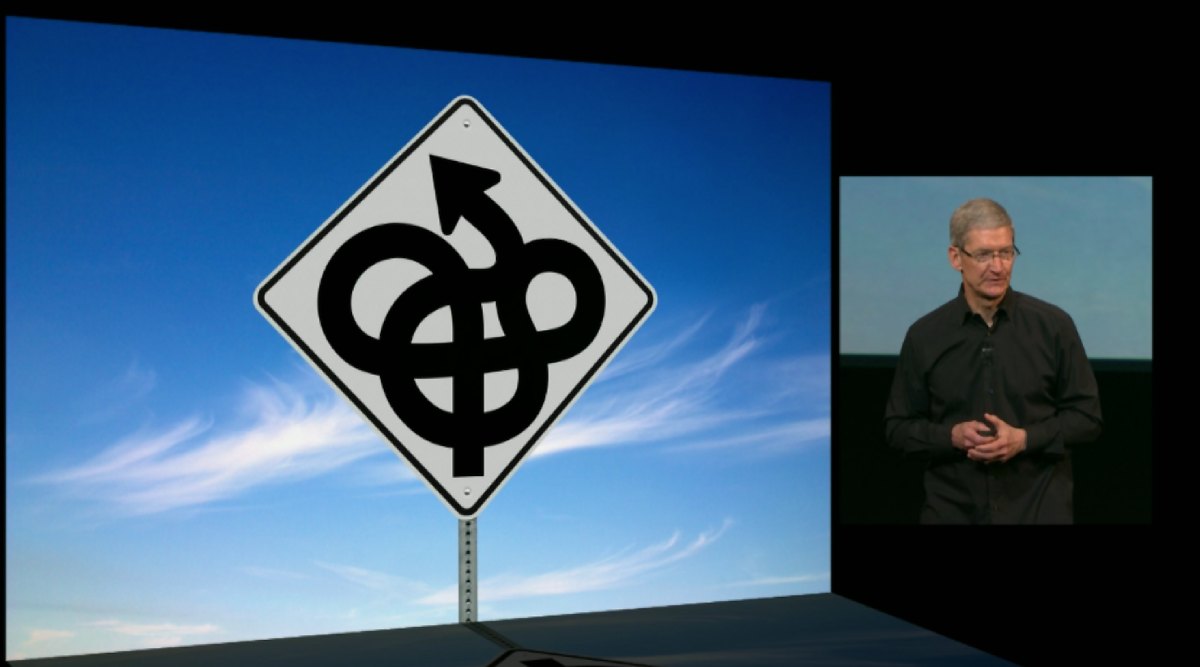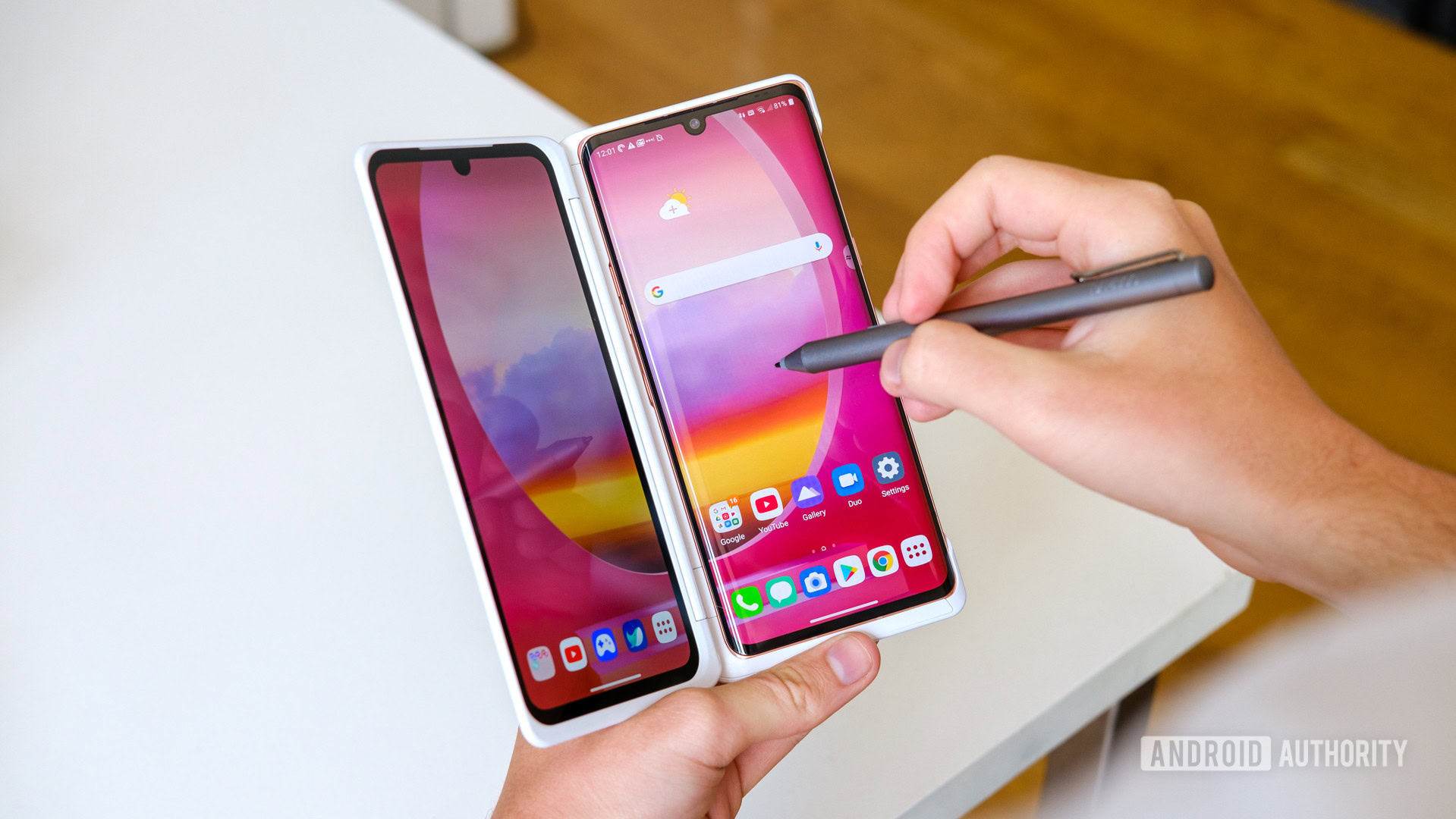Affiliate links on Android Authority may earn us a commission. Learn more.

Here’s something different for you on this good Wednesday morning — Cosmic rays causing 30,000 network malfunctions in Japan each year(The Mainichi).
- Cosmic rays are causing an estimated 30,000 to 40,000 malfunctions in domestic network communication devices in Japan every year, a Japanese telecom giant found recently.
- Most so-called “soft errors,” or temporary malfunctions, in the network hardware of Nippon Telegraph and Telephone Corp. are automatically corrected via safety devices, but experts said in some cases they may have led to disruptions.
- It is the first time the actual scale of soft errors in domestic information infrastructures has become evident.
- Soft errors occur when the data in an electronic device is corrupted after neutrons, produced when cosmic rays hit oxygen and nitrogen in the earth’s atmosphere, collide with the semiconductors within the equipment.
Now, this isn’t the first time anyone’s considered cosmic rays affecting electronics and hardware.
- There are loads of stories about them in tech support, IBM working on the problem 50 years ago, and cosmic ray events happening even in the middle of speed running (Hackaday) which is just the most fun, please read that story/watch the video.
- Other fun examples: an election in Belgium suffered a bit flip(Radiolab podcast), which caused chaos, Toyota Prius’ had a recall related to cosmic rays(Livescience), and a (very sweet) story out of Google is that their early-days-consumer-grade-infrastructure was suffering from cosmic rays as well (New Yorker).
- Nature had a useful article in 1998 explaining it and why cities in southern Asia – Mumbai, Calcutta, Bangkok, and Rangoon – suffer only half the cosmic-ray intensity of a city like New York.
- The chances of this happening are increasing as silicon dies decrease in size, with crowding leading to more chances of a strike. And the risk goes up exponentially in space, particularly at geosynchronous orbits where the Earth’s shielding dwindles.
- Even in aircraft, the rate of errors can be over 300 times the sea level rate.
- In space applications, chip fabrication size is increased to 65nm-to-150nm to avoid bit flipping issues, while at the consumer level, ECC RAM is used (The Mac Observer).
Back to the story: the Japanese telecom giant didn’t reveal as much as I’d like.
- What happened during these soft errors?
- Did someone get disconnected on a phone call? Did a text message change meaning when one character was swapped?
- Did someone dial a number only for a flipped bit/soft error made them call someone else, dialing 1 instead of 0 somewhere?
- Did this spark true love somewhere through coincidence?
- In any case, the Nippon Telegraph and Telephone Corp data amounts to around 100 errors a day. And that is enough to be very very interesting.
🗄️ Images showing the apparent LG V70 and LG rollable phone have surfaced online, but LG confirms the flagships won’t be developed ‘any further’ (Android Authority).
👉 What you should really expect from Google’s custom Pixel 6 processor — it’s not the CPU or GPU that matters most here (Android Authority).
🎧 Pixel Buds A oopsie: Google sent out a mass email to some users which ‘accidentally’ included the name of the new earbuds along with an image (Android Authority).
👮♂️ Thief steals phone thinking it’s a OnePlus 9 Pro, returns it to victim (Android Authority).
🔎 This sounds like AirTags are actually going to happen soon: Apple launches an app for testing devices that work with ‘Find My’ to help third-party accessory makers get moving (TechCrunch).
🔜 Microsoft support pages for Surface Laptop 4 suggest imminent launch (The Verge).
📉 Understanding the chip shortage is helpfully explained when considering a one-dollar part called a display driver (Bloomberg).
🔊 Ikea is working with Sonos on a hidden speaker built into art you hang on the wall (The Verge).
💊 Pac-Man 99 Battle Royale launches today on Nintendo Switch. (I still can’t remember being as happy as I was when I won Tetris 99 Battle Royale) (Engadget).
🔫 Dremel launches a battery-powered glue gun, and I’m on board (Gizmodo).
♨ Microsoft is now submerging its servers in non-conductive fluid to reduce air-cooling energy use — and it boils (Microsoft).
🙅♂️ 7% of Americans don’t use the internet. Who are they? (Pew Research).
😶 Wow this is a great, sad read: “I called off my wedding. The internet will never forget” (Wired).
🤔 “What’s the best theory on UFOs or aliens you’ve ever heard?” (r/askreddit).

Here’s something weird: SpaceX has been selling Starlink dishes at a steep loss. And that’s after putting 1,200 satellites into space at considerable cost too.
- Even at the $499 price tag, SpaceX has been losing $1,000 per satellite receiver.
- Per CNBC, SpaceX President Gwynne Shotwell said SpaceX has “made great progress on reducing the cost” of the Starlink user terminal, which originally were about $3,000 each.
- Shotwell said the terminals now cost than $1,300, after SpaceX “just rolled out a new version that saved about $200 off the cost,” meaning the 10,000 subscribers or so were getting a $1,500 dish at a big saving.
- SpaceX does eventually hope to get the costs right down to “a few hundred dollars”.
- Also: SpaceX says Starlink doesn’t plan to offer tiered pricing(Gizmodo).
And what’s funding SpaceX while it loses cash?
- Private equity of course
- The company raised $2B in August 2020, and $850M (at the $419.99 per share), valued at somewhere around $46B.
- Which is only 10x more than Clubhouse, the audio-only app, still without an Android app.
Cheers,
Tristan Rayner, Senior Editor

